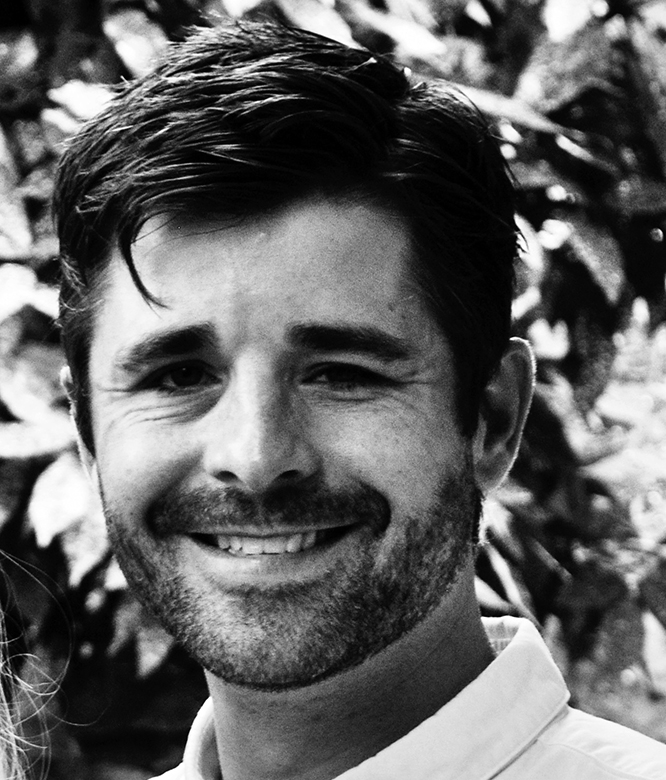S&P Global Offerings
Featured Topics
Featured Products
Events
S&P Global Offerings
Featured Topics
Featured Products
Events
S&P Global Offerings
Featured Topics
Featured Products
Events
Banking & Capital Markets
Economy & Finance
Energy Transition & Sustainability
Technology & Innovation
Podcasts & Newsletters
Banking & Capital Markets
Economy & Finance
Energy Transition & Sustainability
Technology & Innovation
Podcasts & Newsletters
S&P Global Offerings
Featured Topics
Featured Products
Events
18 Nov, 2021
Hanwha Solutions Corp. will buy an approximately 17% stake in REC Silicon ASA to help fund the reopening of a polysilicon plant in Washington state and lay the groundwork for building a U.S. solar supply chain, REC said Nov. 18.
A plant in Moses Lake, Wash., where REC has produced polysilicon, a key ingredient in most solar panels, was shuttered nearly two years ago after Chinese tariffs cut off access to the industry's top manufacturers and Beijing failed to comply with a commitment in a 2020 trade pact to buy U.S. polysilicon.
"Hanwha Solutions' strategic investment in REC Silicon represents a step towards establishing a highly efficient, low-carbon solar value chain in the U.S. and to ensure that REC Silicon plays an integral role in these efforts," Norway-headquartered REC said in a news release. "A U.S. value chain for solar [photovoltaic] manufacturing will result in the creation of demand for solar-grade polysilicon, which the Company expects will result in the restart of the manufacture of high quality, low-cost solar-grade granular polysilicon in Moses Lake, Washington, during 2023."
REC announced Hanwha's investment as Democrats in the U.S. House of Representatives try to pass a social spending and climate change package known as the Build Back Better Act that includes tax credits for green energy manufacturing.
"This is a great announcement, but it's just the first in a series of steps" that are needed to create a U.S. solar supply chain, REC CFO James May said in an interview. The industry needs the U.S. government's support "to push this effort forward," May added.
Hanwha, a South Korean company that owns a solar module factory in Georgia, did not immediately respond to a message seeking comment.
Some module manufacturers opened U.S. factories after former President Donald Trump imposed import tariffs on most cells and modules in 2018. However, the duties have so far failed to attract upstream production of silicon cells and wafers.
Manufacturers say that will soon change as U.S. policymakers push to capitalize on the growing demand for green energy technology and companies try to avoid future trade bottlenecks.
"We are looking at making cell and module manufacturing investments in the United States, and further up the supply chain even, that greatly exceed our existing capacity" in the next couple of years, Scott Moskowitz, director of strategy and public affairs at Hanwha subsidiary Q CELLS, said Nov. 3 at a hearing of the U.S. International Trade Commission.
"That is how serious that we and the others on this call are about meeting these challenges and making sure that our industry isn't affected by these supply chain issues going forward," Moskowitz said.
Hanwha stopped making its own silicon wafers and ingots in 2017 and 2018, respectively, and the company closed its polysilicon plant in South Korea in 2020, according to Johannes Bernreuter of Bernreuter Research.
Bernreuter said in a research note Nov. 18 that the investment in REC "can only mean that Hanwha is considering the establishment of wafer manufacturing capacity in the USA — or elsewhere outside China — to close the gap in its value chain."
"Otherwise, the investment in REC Silicon wouldn't make sense," Bernreuter said. "Global solar wafer production is almost completely concentrated in China and U.S.-made polysilicon has effectively been shut out from China through prohibitive import duties."
Under a stock purchase agreement that REC announced Nov. 18, Hanwha will buy approximately 48.2 million shares from REC for around 964.3 million Norwegian kroner, as well as 21.9 million REC shares from Norway's Aker Horizons Holding AS for 437.8 million kroner. Following the transactions, Hanwha and Aker will each own 16.7% of REC's shares.
As of Nov. 17, US$1 was equivalent to 8.75 Norwegian kroner.

